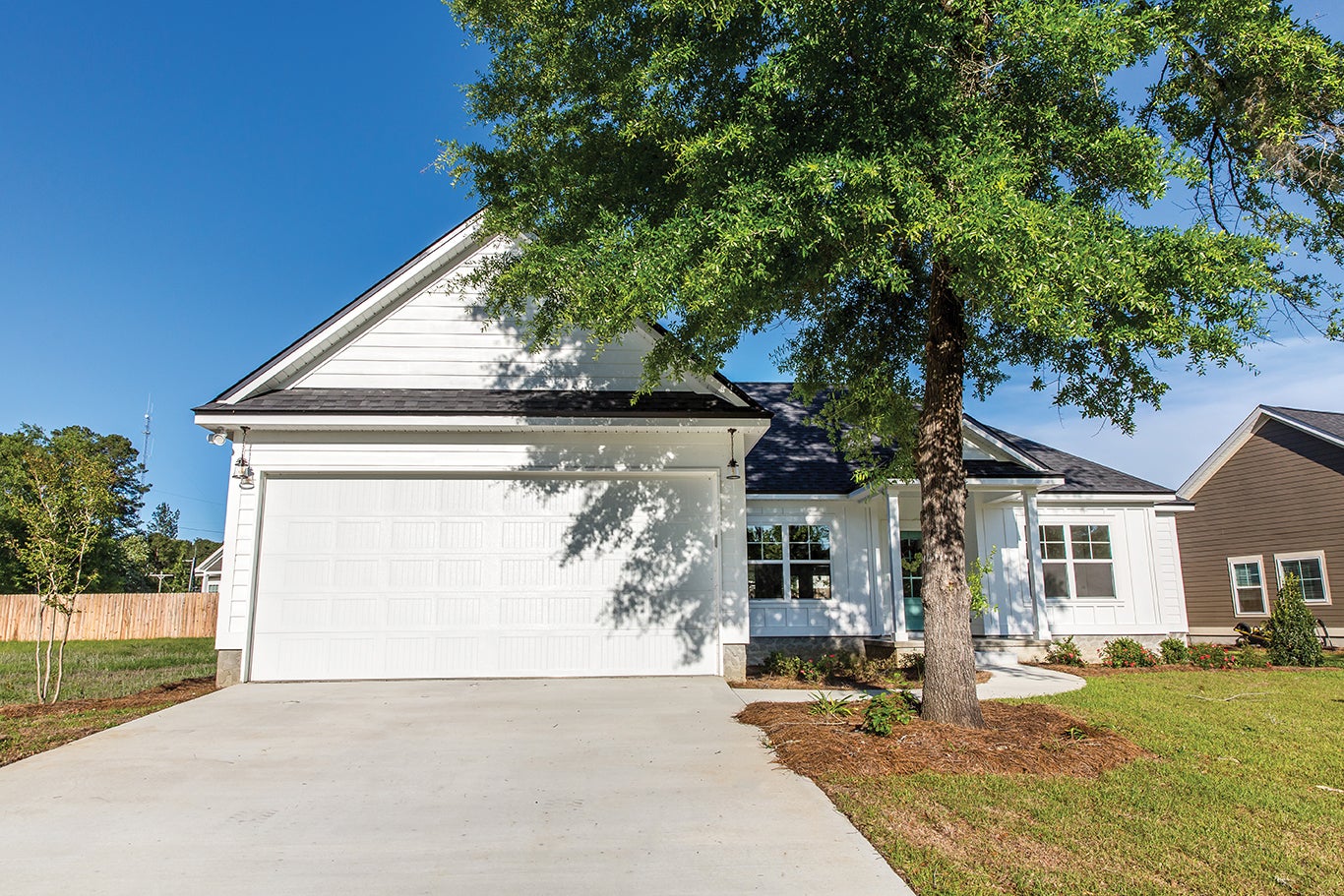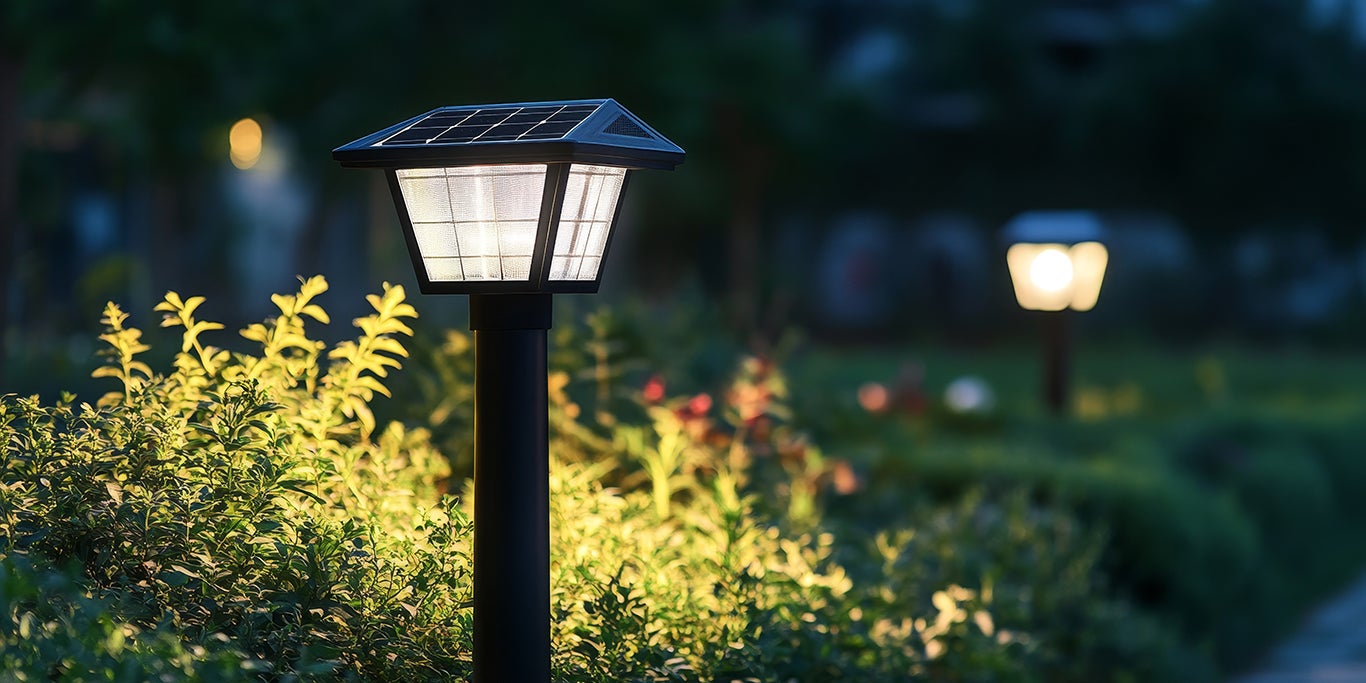Creating an Energy-Efficient Home with Landscaping
by
RYAN PRUITT
Securing a home’s envelope is often the first step toward becoming more energy efficient. However, it’s far from the last. By landscaping to create a microclimate around a home and combining it with conventional energy-saving measures outside, homeowners can create relief in their electric usage. Strategic landscape planting and planning can help to keep the home cooler in the summer and warmer in the winter, improving a home’s overall energy efficiency.
The Importance of Microclimates
According to the U.S. Department of Energy, a home’s microclimate can receive more or less sun, shade, wind, rain, moisture or dryness than average local conditions. For example, if a home is located on a sunny southern slope, it may have a warmer microclimate, even if it’s built in a cool region. Alternatively, if a home is in a hot, humid area, but benefits from abundant shade and dry breezes, it may create a microclimate that is far more comfortable. Microclimatic factors also help determine what types of plants will thrive in a specific landscape.
The challenges of creating an efficient microclimate vary greatly depending on the region. From the open air and rocky soil of Possum Kingdom to the more condensed populations of Mansfield or the equestrian lands of Stephenville, each area requires different strategies for maximizing energy savings.
Rocky terrain often requires extra cost for rentals/purchases of machinery to unearth a planting void, in addition to back filling with bought soil. To protect against costly rental fees in these conditions, a thorough plan of planting is recommended to perform all the work at once. Although the space to plant in condensed housing areas is limited, there are natural benefits to the surroundings. Neighboring houses provide shade and wind block at no extra cost. It allows for a narrow focus on suburbs to protect against the gaps left behind. Raising horses/livestock requires large parcels of land often flat and treeless to allow room for pens and fencing. These grounds are fertile and a blank slate for your imagination to run as wild as the days before.
 Landscaping for Energy Efficiency
Landscaping for Energy Efficiency
Trees, shrubs, and plants all play a role in achieving an efficient microclimate around a home. For example, planting tall, deciduous trees on the southern side of a home will provide shade in the summer and allow sunlight to warm the house during the winter. Since western-facing windows allow unwanted heat into homes as the sun sets in the summertime, planting shorter deciduous trees on the west side of a property helps shade these areas and reduces heat exposure.
Common deciduous trees, such as oaks and maples, are ideal for this purpose because they shed their leaves in winter, allowing sunlight to warm the house during the colder months. Similarly, shrubs and evergreen trees on the northern and western sides of the house help block cold winter winds, which can contribute to uncomfortable drafts and high energy bills.
In regions like North Texas, winters are relatively mild compared to more northern climates. However, small air leaks in seals around doors, windows, and grout can lead to cold air infiltrating the home, causing the heating system to work harder. Proper windbreaks made from strategically placed trees and shrubs can reduce the impact of these cold winds and improve indoor comfort while lowering heating costs. According to the U.S. Department of Energy, “Carefully positioned trees can save up to 25 percent of the energy a typical household uses.
Managing Summer Breezes and Heat
On the flip side, managing summer heat involves creating a wind tunnel using tree canopies to guide cooling breezes over the home’s exterior. With thoughtful planning, trees can direct the flow of air, helping to drop the ambient temperature around the house and providing relief to the HVAC system.
As temperatures swing dramatically between summer and winter, many homeowners see electric bills rise as heating and cooling systems work overtime. By enhancing the microclimate around the home, members can reduce the strain on these systems, leading to both increased comfort and energy savings.
Managing External Energy Draws
While managing the inside of a home is critical for energy efficiency, don’t forget about the external energy draws that can drive up an electric bill. For example, outbuildings and shops often consume power through equipment that isn’t always in use. Managing these “phantom loads” can lead to savings. Many devices continue to consume power even when turned off—this is known as standby power. A simple solution is to use power strips that can turn off multiple devices with one switch, minimizing unnecessary energy use.
Optimizing Pool Pump Energy Use
One of the biggest external energy draws is often the pool pump. United’s Energy Solutions Manager Seth Rosser said that keeping a clean pool doesn’t mean running the pump all day.
“Rather, a good rule of thumb is running the pump for one hour for every ten degrees outside,” Rosser said. “For example, if it’s 80 degrees outside, run the pool pump for eight hours. In the winter, members should consider shifting the pump runtime to nighttime or early morning hours can prevent doubling the cycle during freezing temperatures. Even small adjustments, like shaving two hours off the daily runtime, can save consumers around $8 a month.”
 Lighting Solutions for Efficiency
Lighting Solutions for Efficiency
While LED lights consume relatively little energy, there are ways to reduce energy usage even further. Members can improve usage further by employing photocells and timers. Photocells detect light levels and ensure that outdoor lights only turn on at night, maintaining security while saving power during the day. Timers are perfect for less permanent lighting, such as decorative lights. Both options help ensure outdoor lighting is working efficiently without adding unnecessary costs.
Building a Sustainable Future
Creating a favorable microclimate around a home is an effective way to reduce energy consumption by managing temperature and wind exposure. However, building a purposeful microclimate takes time. By setting realistic benchmarks and carefully placing trees and shrubs, homeowners can start to see energy savings that will benefit them in the long run.
Additionally, address external energy draws like pool pumps, lighting, and outbuildings. By extending energy-saving measures outside the home, consumers can maximize savings and leave room in the budget for other improvements.
Members should always remember they’re not alone in their energy-saving journey. United’s team of experts is here to assist with advice, rebates and even free energy audits. Read about United's various savings programs by visiting the Programs tab on our home page and and start saving today.


